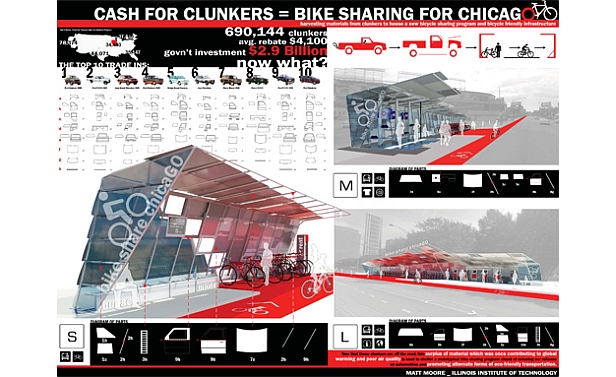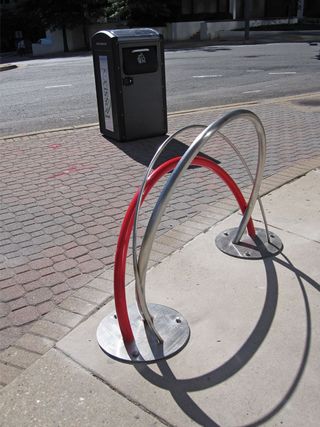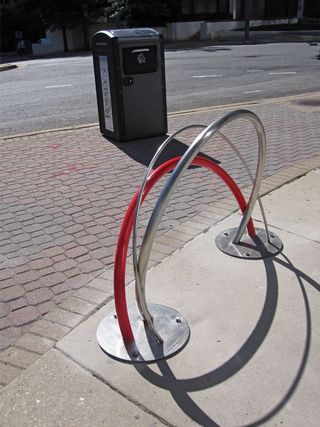Nearly every major city in the world wants to get more of its residents on bicycles, as transportation hotshot Tom Vanderbilt notes in Slate today. And with good reason: compared to driving, cycling is healthier, greener, safer, quieter, and easier on public roads and congestion.
Vanderbilt digs into the idea of “bicycle highways” — dedicated lanes for bikes, with their own traffic lines and sometimes physical barriers protecting bikers from autos:
While the school of so-called “vehicular cycling” argues that cycles should be treated as cars and share the roads, this philosophy seems to be the result of (primarily American) cyclists adapting by necessity to their harsh surroundings rather than the sound basis of a widespread transportation shift. In the world’s top cycling cities, one finds not muscular riders harried and buffeted by passing cars, but all manner of people-young, old, carrying groceries, carrying kids-riding on networks that have been designed for them.
These are great projects for cities that can swing them, but we can’t “Copenhagenize” urban areas instantly — to borrow the great name of a biking blog.
One thing cities can do relatively easily to encourage biking is offer better bike-storage amenities. .A few innovative examples:
Cubs fans can now use bike valet parking at Wrigley Field, which addresses one of the key barriers to relying on bikes: knowing yours will be safe while you’re gone. It takes a sick person to steal from a Cubs fan, but there are sick people out there. Bike valets were first popularized in Long Beach, Calif.
A bike shed made from car panels adds even more symbolic appeal to bike valets. Illinois Institute of Technology student Matt Moore designed a shed that uses material salvaged from the end of the auto era. Matt Moore
Matt Moore
 Rosslyn, VirginiaAttractive new bike racks in Arlington County, Va., double as street art. But are they are as fetching when they’re in use?
Rosslyn, VirginiaAttractive new bike racks in Arlington County, Va., double as street art. But are they are as fetching when they’re in use?


